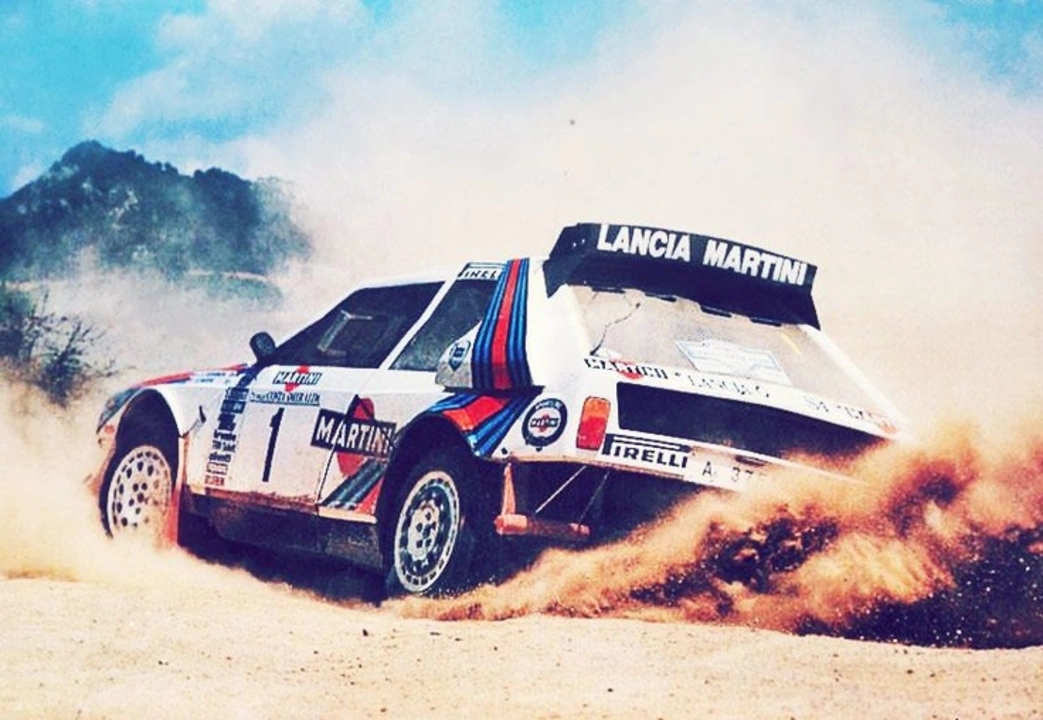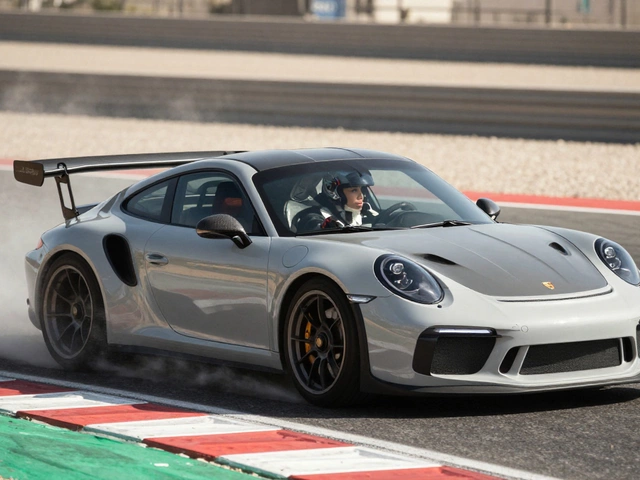Group B Rally Cars: The Wildest Chapter in Rally History
If you’ve ever watched a rally and felt your heart race, chances are you saw a Group B car in action. These machines were built for speed, power, and drama. In the early 1980s they turned ordinary stages into high‑octane spectacles, and they still dominate fan conversations decades later.
Group B wasn’t just a rule set – it was a mindset. The FIA let manufacturers push engine size, weight, and turbo boost far beyond anything before. That meant cars could have 500 hp, weigh under 900 kg, and still be driven on public roads between stages. The result? Unpredictable, jaw‑dropping performances that left spectators shouting for more.
Why Group B Became an Instant Legend
The freedom given to builders created some of the most iconic rally cars ever. Audi’s Quattro brought all‑wheel drive to the forefront, giving the team a massive grip advantage on gravel and snow. Lancia’s Delta S4 combined a super‑charger and a turbo, delivering instant throttle response and raw power. Peugeot’s 205 T16 and Ford’s RS 2000 were lightweight, aerodynamic beasts that could rip through corners at unbelievable speeds.
Drivers loved the challenge. They could wheel‑spin into a corner, pull a dramatic slide, and still finish the stage with a time that shaved seconds off the competition. The close relationship between driver, co‑driver, and car made each event feel like a battle of skill and bravery.
The Dark Side: Safety Concerns and the End of an Era
All that power came with a price. Cars were fast, but safety tech lagged behind. Spectator areas were often too close, and a stray tire could become deadly. In 1986 two tragic accidents – the deaths of Henri Toivonen and his co‑driver – forced the FIA to shut Group B down. The rulebook changed overnight, and manufacturers had to adapt to stricter limits.
Even though the class lasted only a few years, its impact is still felt. Modern rally cars borrow the aggressive aerodynamics, advanced differentials, and turbo technology pioneered by Group B. The cars also live on in video games, museums, and the ever‑growing collector market.
So what can you take away from this wild chapter? First, the spirit of innovation that Group B sparked still drives rally engineering. Second, the era proved that unchecked power needs equal safety measures – a lesson that keeps the sport evolving responsibly.
Whether you’re a newcomer or a seasoned fan, learning about Group B gives you a deeper appreciation for today’s rally cars. It shows how far the sport has come and why the legacy of those turbo‑charged monsters still excites us. Next time you watch a rally, keep an eye out for the design cues that trace back to the legendary Group B era – you’ll spot the heritage in every corner, every jump, and every burst of speed.

In rally car racing, why were Group B rally cars banned?
Group B rally cars were banned due to their incredibly high speeds which led to serious accidents and fatalities in the 1980s. The lack of strict regulations allowed manufacturers to develop extremely powerful and lightweight cars, resulting in dangerous driving conditions. Unfortunately, several tragic incidents involving both drivers and spectators forced the Federation Internationale de l'Automobile (FIA) to take action. In 1986, the FIA decided to discontinue Group B and focus on improving safety regulations. As a result, Group B rally cars are now remembered as a thrilling yet dangerous chapter in the history of rally car racing.
read more
